Director: Shunya Ito
Cast: Meiko Kaji, Rie Yokoyama, Yayoi Watanabe, Yōko Mihara, Akemi Negishi, Keiko Kuni, Yumiko Katayama, Emi Jo, Isao Natsuyagi, Fumio Watanabe
Running Time: 87 min.
By Kelly Warner
Almost every ambitious leading man or lady is on the lookout for that iconic role that will shoot them to superstardom, netting them a legion of fans and hopefully a mountain of cash. Roles that earn awards can prove your worth as a great actor but it’s often the iconic, larger-than-life characters that make one a star. One concern, however, is that the signature role will come too early in an actor’s career, thus casting a shadow over everything else that follows. David Duchovny still hasn’t managed to escape Fox Mulder’s shadow, for example. And the same can probably be said for Meiko Kaji, who in her mid-twenties was cast in the role of Scorpion, a vengeful antihero that best utilized Kaji’s natural acting talents and sex appeal. The role of ‘Matsu the Scorpion’ became something of a pop culture icon, with the long black hair, the dark trench coat, and the floppy, lopsided hat that could obscure much of the woman’s face when worn a certain way. Not only would Kaji revisit the signature look in other roles and tap into the same fury in other performances, the character also spawned sequels and remakes that were made without Kaji’s involvement. (‘Miss Scorpion’ was also the crossdressing disguise of the hero in Sion Sono’s weird masterpiece Love Exposure.) The shadow of Scorpion loomed large, and with the exception of the fantastic Lady Snowblood films which were made at roughly the same time as the Scorpion series, Kaji never really found another role quite as popular as the one she first brought to life in 1972.
Based on a comic book, Female Prisoner #701: Scorpion was a project long in development before first-time director Shunya Ito (Gray Sunset) put it to film. With its prison setting, the studio supposedly imagined it to be the female-led version of their popular Abashiri Prison series, but director Ito brought a fever dream vision to the film, making it equal parts crime movie, exploitation skin flick, and rage-filled horror story. Meiko Kaji herself sings over the opening credits as a parade of nude women walk through the prison while the guards watch for hidden weapons or contraband. Kaji’s song is one of betrayal, telling the tale of an ordinary young woman who was used by a man and thrown away. Kaji’s character Nami Matsushima loved a narcotics cop, but he allowed her to be raped by a group of men just so that he could catch them unawares and make his drug bust. Matsushima soon confronts the cop, not even taking the time to change out of her torn clothes, and attempts to stab him to death on the steps of the police station. Her attack fails, the cop survives, and Matsushima is sent to prison for attempted murder.
The prison is a hell hole. The film is sure to make it clear at the beginning that the prison is in no way based on truth, and that’s all well and good but the vision presented here is ugly, demeaning, and despicable. Women are raped, beaten, and starved. Matsushima slowly changes from the normal, brokenhearted girl to a monster hell-bent on revenge. Guards and cruel gangs try to put Matsushima in her place but she takes it all and dishes out some of her own in return, earning the reputation of a dangerous loner behind bars with the nickname of Scorpion. When the dirty cop learns that Matsushima still represents a problem for him, he decides to hire one of the inmates to off his former girlfriend, and that’s when things really get messy.
I’d seen Female Prisoner #701: Scorpion once before. My opinion of it then was that it was an ugly, misogynistic film which happened to feature a startling performance by Meiko Kaji at the center of it. Watching it again, I still think it’s a nasty piece of work, and some of the violence against women is reprehensible, but it’s also not quite as shocking as I remember it. Maybe the shock is in the first punch, not the second. Or maybe it’s just that Scorpion was one of my first introductions to the dark-edged exploitation films of Japan. A different time and a different culture resulted in some very dark movies that still shock and disturb all these decades later. As a fan of Japanese cinema, I must say that their exploitation genre is not a favorite of mine. But I recognize Female Prisoner #701: Scorpion as a classic of the genre anyway and that’s in large part thanks to the dramatic work of Meiko Kaji.
As Matsu the Scorpion, Meiko Kaji barely says a word for much of the film. She is the embodiment of rage and works with one hell of an intense glare. Seriously, I’d rather face Sonny Chiba’s fists than Meiko Kaji’s angry glare any day. And it’s because of her performance and her character that the movie is more than just a nasty story full of inhumane treatment and misogyny. Occasionally I have issues with tales of revenge because, well, it’s difficult for me to root for a murderer for 2 hours straight even if I sympathize with their motivations to an extent. In the case of Matsushima, though, holllllly shit everyone deserves exactly what they have coming to them. Matsu the Scorpion bides her time, waits for the opportune moment, and then begins crossing off her opponents. Everything can be grueling to endure up until that point, but when a villain gets hanged from the roof of a skyscraper, I’d be lying if I said I didn’t take some enjoyment in seeing justice served in a most brutal fashion.
The original four Female Prisoner Scorpion series arrives on Blu-ray and DVD in an 8-disc box set from Arrow Video. Each film is on its own disc and comes with new and archival special features. For the first film, we get a 2006 interview with director Shunya Ito, plus two new interviews, one with assistant director Yutaka Kohira and one with filmmaker and Scorpion fan Gareth Evans (The Raid, The Raid 2). All interviews are enjoyable and informative, though each contain spoilers (and not just for the first film), so choose when to watch them with care. The Shunya Ito interview has the director looking back on how he’d fought to rise up from being an assistant director to making his feature directorial debut with Female Prisoner #701: Scorpion and his artistic intentions with the film. Yutaka Kohira would later direct New Female Prisoner Scorpion: #701 starring Yumi Takigawa as Matsu the Scorpion, but his interview is mostly about his time working on the original four films as assistant director. It’s a funny, honest interview where he shares his memories of Meiko Kaji getting angry about her nudity and how the assistant director had originally shown disrespect to Yasuharu Hasebe (Sex Hunter) when Hasebe took Ito’s place as the director of the fourth Scorpion film. Gareth Evans’ appreciation of the film shares some of my personal reservations; basically that it’s a cool and stylish movie but the treatment of women is indefensible at times. Evans also speaks on how he was inspired by some of the film’s visual style and is a big fan of the antihero’s dark origin story. All interviews are definitely worth a look.
Female Prisoner #701: Scorpion is the tale of evil men in positions of power who meet their match at the hands of a scorned woman with a glare that could stop a raging bull in its tracks. Though Scorpion is trashier than I typically like my movies, I must acknowledge a well-made film when I see one. A dark story of revenge told with wild visuals, the Scorpion series continues to influence films today and should appeal to fans of directors like Takashi Miike, Quentin Tarantino, Seijun Suzuki, and Sion Sono.
Kelly Warner’s Rating: 7/10


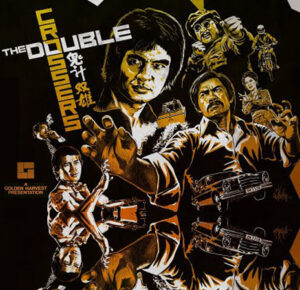
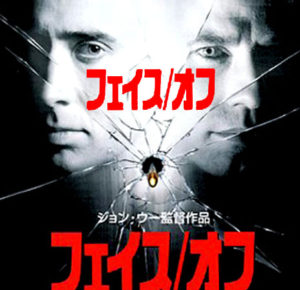

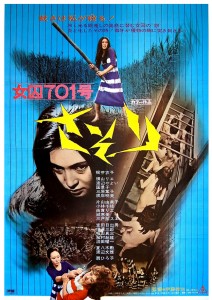
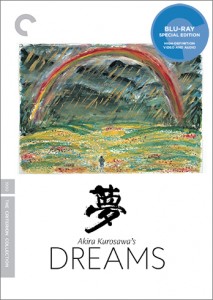



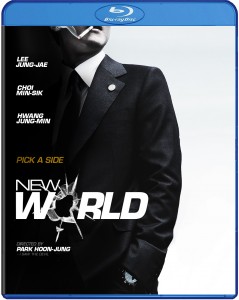
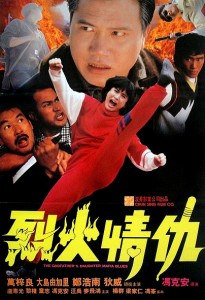

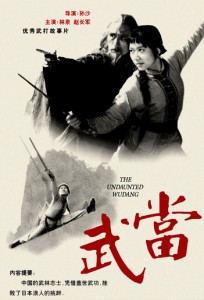


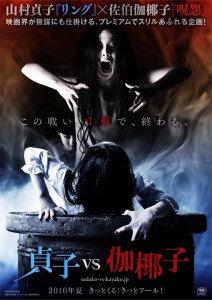
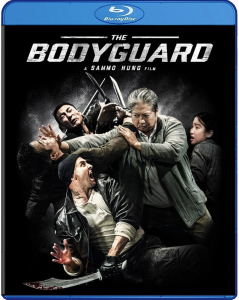
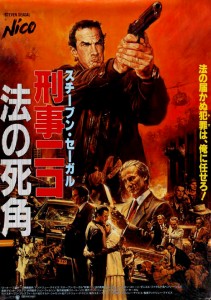



4 Comments